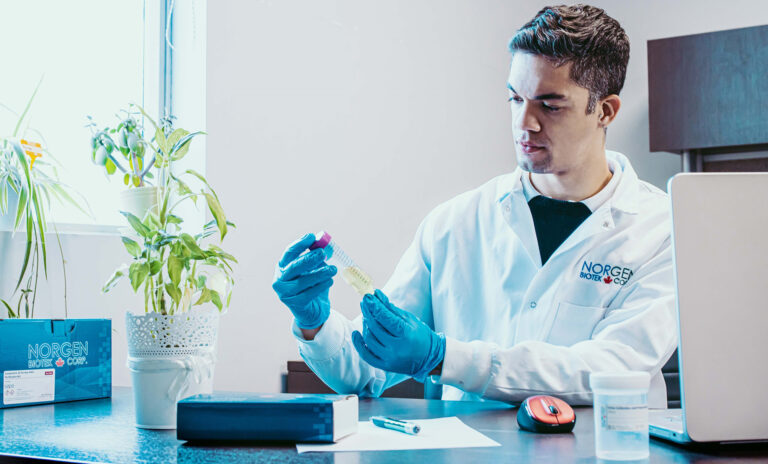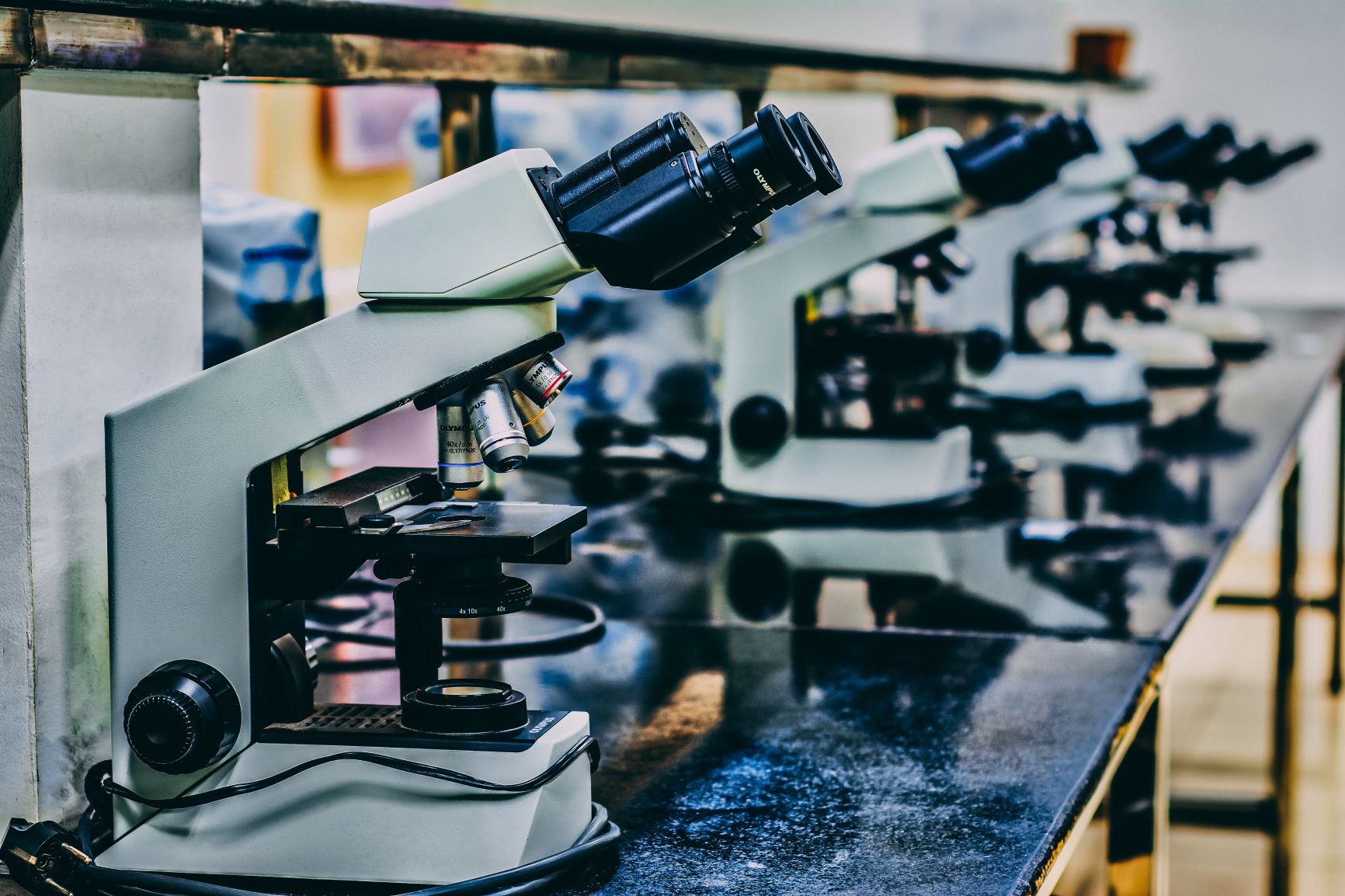- FILTERS Advanced
- Product Type
- Application
- Conjugation
- CE / IVD
- Supplier
- EXCLUDE FILTERS
- Product Type
- Application
- Conjugation
- CE / IVD
- Supplier
| Name | Art no | Species Reactivity | Application | Conjugation | Size | Price |
|---|---|---|---|---|---|---|
|
298-69200
|
|
DNA Purification, RNA Purification
|
|
50 Tubes
|
||
|
298-21450
|
|
|
|
500 mL
|
||
|
298-45674
|
|
|
|
1 Unit
|
||
|
298-68803
|
|
|
|
1 Unit
|
||
|
298-18113
|
|
Sample Collection
|
|
50 Tubes
|
||
|
298-18122
|
|
Sample Collection
|
|
50 Tubes
|
||
|
298-RU53800
|
|
Sample Collection, RNA Purification
|
|
50 Units
|
||
|
Biosite-R1075
|
|
Sample Collection
|
|
50 pack
|
||
|
298-18118
|
|
Sample Collection
|
|
50 Tubes
|
||
|
298-Dx69200
|
|
Sample Collection
|
|
50 Tubes
|
||
|
298-RU49000
|
|
Sample Collection
|
|
50 Units
|
||
|
298-44800
|
|
Sample Collection, DNA Purification
|
|
25 Preps
|
||
|
298-18126
|
|
Sample Collection
|
|
50 Units
|
||
|
298-45683
|
|
|
|
1 Unit
|
||
|
298-65400
|
|
Sample Collection
|
|
50 Devices
|
||
|
298-45660
|
|
Sample Collection
|
|
50 Tubes
|
||
|
298-27650
|
|
Sample Collection
|
|
12 Tubes
|
||
|
298-53800
|
|
Sample Collection
|
|
50 Units
|
||
|
298-49000
|
|
Sample Collection
|
|
50 Units
|
||
|
298-45690-B
|
|
DNA Purification
|
|
50 Units
|
||
|
298-45670-B
|
|
Sample Collection
|
|
50 Devices
|
||
|
298-68600
|
|
|
|
1 Kit
|
||
|
298-63700
|
|
Sample Collection, DNA Purification, RNA Purification
|
|
50 Devices
|
||
|
298-Dx45660
|
|
Sample Collection
|
|
50 Devices
|
||
|
298-68800
|
|
Sample Collection
|
|
50 Tubes
|
||
|
GTX03606
|
|
IHC
|
Unconjugated
|
30ml
|

Norgen Biotek: Top 5 Reasons to Use Urine Preservative Over Freezing
Congratulations! You have collected your urine sample. What do you do now? Do you…
- Leave it at room temperature and risk degradation of precious DNA and RNA
- Freeze it at -80°C and lose yield due to protein precipitation
- Use a preservative (hint, it’s this one)

Sample Collection and Preservation – Critical Starting Points in Your Research!
In the current ‘omics’ era, there seems to be no limit to the number of ways we can investigate our favorite organism or cell type. We can study genomes, transcriptomes, epigenomes, metabolomes, proteomes, kinomes, and more. Parallel advances in flow cytometry and other immunological techniques make it possible for us to simultaneously detect and profile new and characterized cell surface markers in robust multiplex setups.

DNA/RNA Shield™ for Next-Generation DNA & RNA Sample Preservation
Nowadays, the sky is the limit when it comes to the number of ways we can investigate our favorite organism or cell type. ‘Omics’ approaches such as genomics, transcriptomics, epigenomics, metagenomics, and metatranscriptomics have the power to generate massive amounts of valuable information that can help us to better understand biological processes, develop new diagnostic tools, and find new ways to treat diseases.

Sample Collection and Preservation – Critical Starting Points in Your Research!
In the current ‘omics’ era, there seems to be no limit to the number of ways we can investigate our favorite organism or cell type. We can study genomes, transcriptomes, epigenomes, metabolomes, proteomes, kinomes, and more. Parallel advances in flow cytometry and other immunological techniques make it possible for us to simultaneously detect and profile new and characterized cell surface markers in robust multiplex setups.